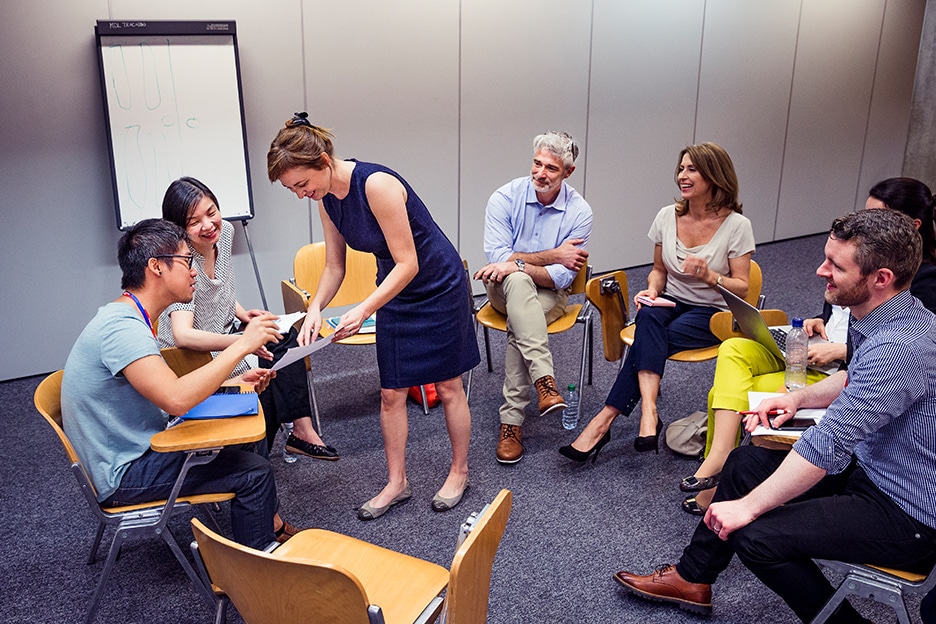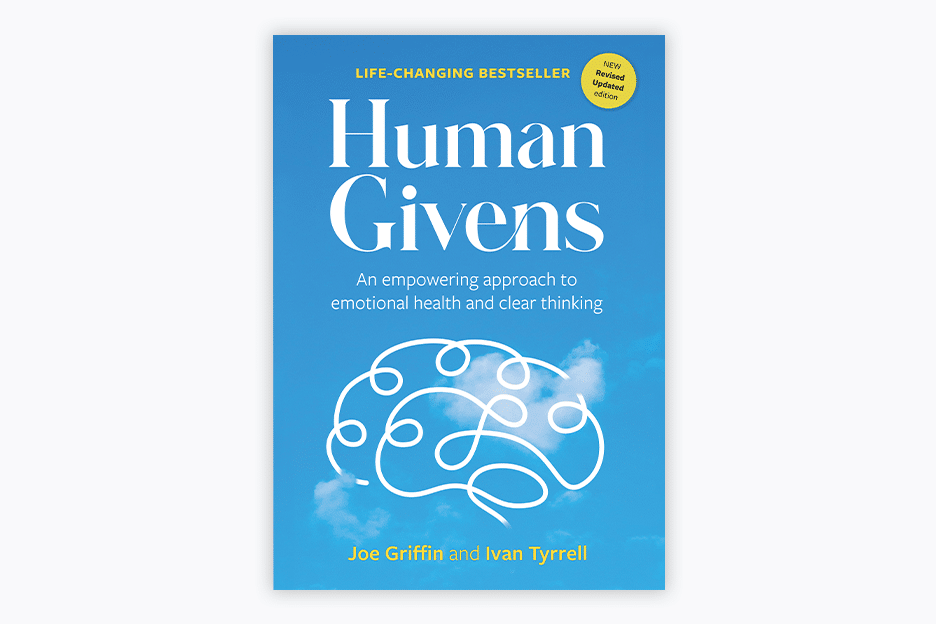Helping children flourish at school

Pat Capel
HG Practitioner Pat Capel has worked as a secondary school teacher for over 25 years, both as a classroom teacher and working with children with special needs.
Over this time he became increasingly aware that a growing number of those around him – adults as well as children – didn’t have the necessary skills or resources to cope in today’s demanding world. Pat realised that by combining what he’d learnt from his HG training with his existing teaching knowledge and skills he could make a profound difference to people’s lives.
The Human Givens model of psychotherapy is based on the premise that we all have emotional needs.
I have found that using this principle in the classroom environment creates a more collaborative and positive atmosphere, which ultimately leads to more and better learning.
As you read the following list – which looks at how we can meet these needs at school – you will notice that most of them are intrinsically linked.
1. Security
The pupil needs to feel safe in the classroom. I need to create an environment where it is safe to ask and answer a question, even if you don’t know if the answer is correct. Getting things wrong is part of learning. Why is it wrong? How do I get to a more correct answer? Is there even a correct answer? But more importantly, for some pupils, school in general needs to feel safe – especially if home is a little chaotic.
2. Giving and receiving attention
Obviously small classes are more conducive to everyone getting their chance to be the centre of attention. In bigger classes, the teacher needs to make sure that everyone has their moment where the rest of us focus on him or her. But we need to teach the pupils that learning is give and take. Take turns. Listen and be listened to.
3. Autonomy and control
A syllabus or scheme of work takes away a fair amount of autonomy as we need to teach and learn that module in order to be able to pass the exam. We need to focus on other aspects that allow the pupil to feel he or she has control. And this is where teaching skills becomes so important. If you can teach the pupil how to do something, they can then transfer this skill to other subjects or questions. Exam time can be very stressful for some, so teaching coping skills that keep stress and anxiety under control must be part of the teaching routine.
4. Being part of a community
School is a community and each class within that school is a community. Encouraging collaboration and teamwork is essential. Making notes together and learning to rely on each other makes the class a more cohesive and healthier environment where they all feel secure.
It is especially important for a pupil who has a very troubled home that they feel there is someone at school they can talk to, without being judged
5. Status within a group
A particularly good piece of work by someone can be used as a model for the rest of the students. Or one of them might have a talent such as being a phenomenal speller – and then I call on that talent when we need it. One of the best ways to build status, it to hand over to the expert pupil and let him or her teach part of a lesson. They then also learn that status comes with responsibility as others are relying on you.
6. Self-esteem and competency
This should be the real goal. If I am successful, the pupil will feel competent that he or she can face whatever challenge he or she is faced with. The pupil needs to be able to sit down and almost list the skills, techniques and competencies he or she has learnt in my classroom. But then I take it one step further and I ask the following question: in which other subjects or areas of your life can you use the skills and techniques?
7. Meaning
This can be tricky as too often a pupil sees a subject as having no real meaning. Some subjects are seen as simply the need to learn facts that need to be spat out in an exam. Or homework is meaningless as it is issued only to satisfy the school’s homework roster. The challenge then is to be able to explain the purpose of the homework and how it fits in to the grand scheme. If I cannot do that, I don’t set it! Or meaning could come from how we learn rather than what we are learning. But ultimately the exam needs to be reframed so that it has meaning and one of the easiest ways to do that is to show how the exam is a gate to the next stage of life. It is not an obstacle that has to be overcome. It is an opportunity.
8. Privacy
In a school environment, this equates to giving the pupils time to reflect and consolidate what they have learnt. In an academic subject this is relatively easy to achieve. A simple proforma that asks the following questions allows for this: ‘What am I confident with? What needs a little more time? Could I teach this to someone else?’ But I have also been lucky in that I have been involved on PSHCE programmes and these lessons can be a wonderful way for them to reflect on matters beyond the academic aspects of school.
9. Intimacy
This one is tricky as the nature of a school does not really allow for it. But I would hope that each school-going pupil has one member of staff who they can be open and honest with. This might be their favourite subject teacher, the school nurse or even the school counsellor. It is especially important for a pupil who has a very troubled home that they feel there is someone at school they can talk to without being judged.
Find out more
Listen to Pat’s HG podcast: Therapeutic teaching techniques where he develops these ideas further.
Read more from Pat at www.patcapel.co.uk
More articles on: How the HG approach is being used in education
(The ideas above were first expressed in a blog for welldoing.org)
Book Pat Capel
Pat provides psychotherapy, specialising in many areas including children’s behaviour, adolescents, stress, anxiety and depression. He is also available for in-house training – view Pat’s therapist profile here





